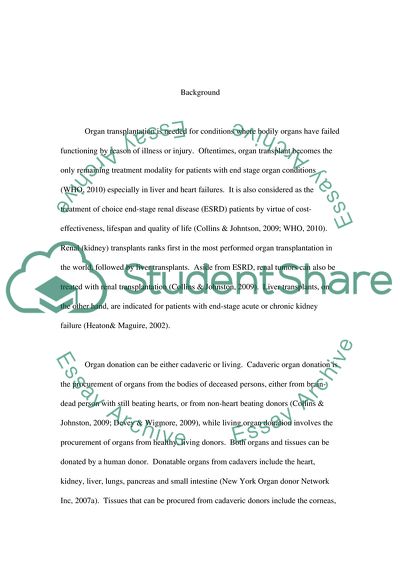Cite this document
(Characteristics of Living Organ Donors among the UK Population Research Proposal, n.d.)
Characteristics of Living Organ Donors among the UK Population Research Proposal. Retrieved from https://studentshare.org/health-sciences-medicine/1732098-organ-donation
Characteristics of Living Organ Donors among the UK Population Research Proposal. Retrieved from https://studentshare.org/health-sciences-medicine/1732098-organ-donation
(Characteristics of Living Organ Donors Among the UK Population Research Proposal)
Characteristics of Living Organ Donors Among the UK Population Research Proposal. https://studentshare.org/health-sciences-medicine/1732098-organ-donation.
Characteristics of Living Organ Donors Among the UK Population Research Proposal. https://studentshare.org/health-sciences-medicine/1732098-organ-donation.
“Characteristics of Living Organ Donors Among the UK Population Research Proposal”, n.d. https://studentshare.org/health-sciences-medicine/1732098-organ-donation.


